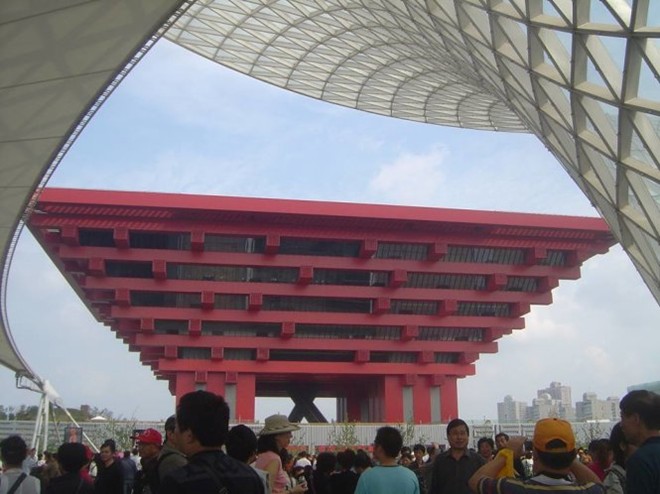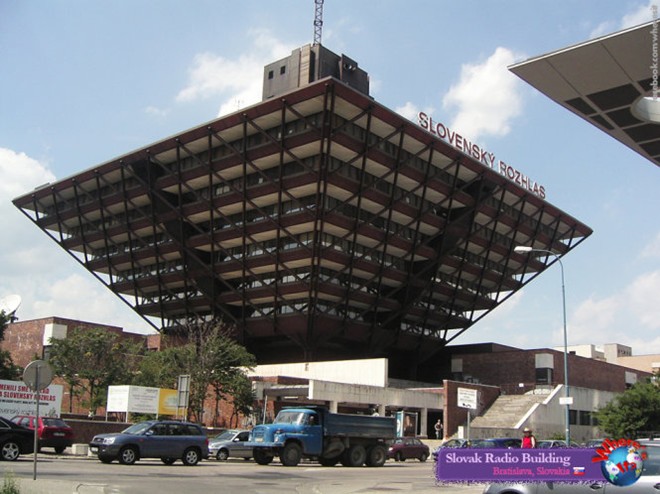|
Is Hanoi
Museum too similar to
foreign museums?
The Hanoi Museum
and the China Art
Palace in Shanghai are the shape of inverted
pyramids. Is this just a coincidence?
The Hanoi
Museum.
The China
Art Palace
in Shanghai.
Vietnamese netizens have recently
discovered that the architecture of Vietnam’s
most expensive Hanoi Museum and the China
Art Palace,
also known as China Art Museum in Shanghai,
look very similar.
China has many works that copied
famous architecture such as the Eiffel Tower, Arc de Triomphe (France),
Sphinx statue (Egypt), the Capitol, Disneyland park (USA) ...
The similarity between the Hanoi Museum
and the China Art Palace
made many Vietnamese netizens suspect whether the two works were copies of
each other.
According to Wikipedia, the
construction of China
Art Palace
started in December 2007, and was completed in February 2010, to serve the
Shanghai Expo 2010 event. This building is located in Pudong district in Shanghai, with the
shape of an inverted pyramid, dubbed the crown of Pudong.
In Vietnam,
the Hanoi Museum was built from 2008 to 2010 to
celebrate the 1,000th anniversary of Thang Long-Hanoi. Both works were
completed in the same year.
The Hanoi
Museum was designed in inverted
pyramid form, with four floors and two basements, built on a large area
adjacent to the National Convention Centre in My Dinh, Tu Liem District, Hanoi.
Architect Nguyen Truong Luu, Chairman
of the HCM City Architects’ Association, told Tuoi Tre Newspaper that the
similarity between the two works is normal in the world of architecture and
it is not a copy of an idea.
Slovak Radio Building.
He said the image of an overturned
pyramid had been used in architecture for a very long time. It is one of the
basic shapes. This shape was used in modern works from 1950 - 1960. The
exhibition house in Montreal in Canada (1967) and St.Petersburg Pier, Florida (1973) were
the first projects using this type of architecture.
Luu further explained that the use of
inverted pyramid model in architecture is to solve the problems of lighting,
energy and heat conditioning,and structure... He gave a specific
example of the Dallas City Hall building (USA) using the tilt of the glass
to limit direct sunlight.
The Hanoi Museum,
similar to the Canada Water Library, limits direct light of the sun by the
leaning part of the roof.
The Louvre
Museum (France) also uses an inverted
pyramid shape in the basement, combining the pyramid on the roof to create
skylights, getting light from outside.
Dr. Tran Dinh Hieu, head of the
architecture faculty of the Hue University of Sciences, also said that this
was not a copy.
He said that looking outside the two
buildings have something similar. However, considering the structure, they
are different.
T. Van, VNN
|



Không có nhận xét nào:
Đăng nhận xét